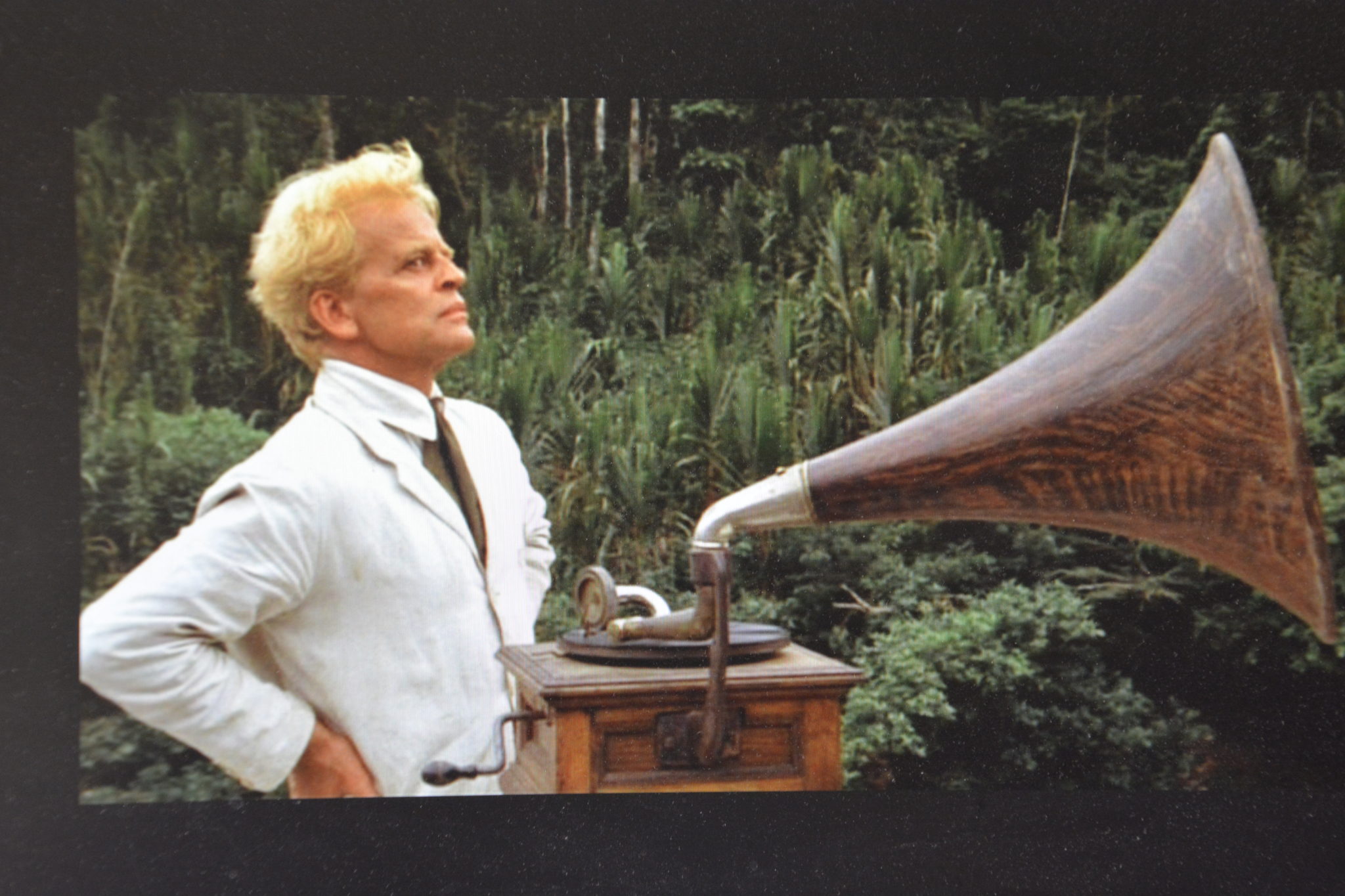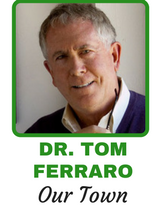Everyone has a secret dream. You may be dreaming of fame, money, status or love. If there is one thing that all humans have in common it’s that we all like to dream. And if you don’t have your own dream you probably identify with someone who does.
In the March on Washington, Martin Luther King Jr., standing in front of the Lincoln Memorial, repeated over and over “I have a dream!” His “I have a dream” speech is now a part of American history. Dreams are a force of nature.
When the character of Don Quixote became possessed with his insane dream to become a knight errant he was ridiculed and laughed at. How can an old man go out to save the world? In the end, his impossible dream was achieved.
My favorite dreamer is the character Fitzcarraldo in the Werner Herzog film of the same name. Klaus Kinski plays a man driven with a wild obsession to build an opera house in the middle of the Amazon jungle so that the natives would be able to hear Caruso sing. In the film, a group of natives and Fitzcarraldo must haul a 320-ton steamship over a mountain to fulfill his dream.
A more contemporary film about dreamers is “La La Land“ where a pair of lovers played by Ryan Gosling and Emma Stone have dreams which demand that they must leave each other in order to pursue them. The show stopper is Emma Stone singing “Dreamers” with the lines ‘here’s to the ones who dream, foolish as they may seem.”
So with this kind of inspiration, I was determined to interview a local to see if it was true that we all have dreams to pursue. The first man on the street I approached was Mark, a fitness trainer at Healthtrax.
Mark is the perfect interview because each of his clients have a dream of some kind. I asked him about his clients’ dreams and he said “I think they fall into two categories. Some come in order to improve appearance. They may have a big wedding coming up. Something like that.
The other big reason is longevity. They may have some physical issues and want to improve their health through gym work. ”
He then remarked in an offhanded way that “it’s too bad but they often drop out and fail to pursue their dreams for very long. They may devote a few months to training and then stop.”
This is true with most dreams. People start in a blaze of passion but soon enough peter out, lose focus and quit.
Mark went on to say that for himself he never stops training despite a variety of injuries that get in the way. This is the difference between those who go on to successfully achieve their dreams and those who never do.
Those with big dreams are undaunted by barriers.
In the case of Werner Herzog, the completion of Fitzcarraldo took four years. The obstacles Herzog faced included pulling the 320-ton steamship over the mountain, a variety of jungle diseases, warring tribes in the jungle, the loss of both leads which were Jason Robarts and his sidekick Mick Jagger.
When Jason Robards came down with amoebic dysentery he was out. As time dragged on Jagger was scheduled to do a world tour and had to leave. Herzog flew back to Germany and was confronted by his producers who were inpatient and running out of money.
They asked him if he wanted to complete the film or let it drop. He said he would either complete the film or die trying. With that kind of commitment, he was given more money, sent back to the jungle and completed this impossible film.
The Oscar-winning documentary “Burden of Dreams” was about the obstacles faced while making “Fitzcarraldo.”
In it, Herzog said that the artist’s role in film making is to channel and articulate mankind’s central dreams and he felt as an artist it was his duty to do express these dreams through cinema.
Dr. Segal was a British psychoanalyst who studied creativity in artists and suggested that they all endeavor to recover their lost past through their artistic creations.
In many of Herzog’s films, it is man against nature.
As a child Herzog was raised by his mother in the Swiss Alps in a wooden shack with no electricity, no heat and no running water. We can see that his films about man in the jungle are a way of revisiting his painful and frightening childhood.
And when I asked Mark my trainer why he thought he never gave up training despite injuries he said his whole family had big health issues and his dad died when Mark was only 2 years old. So here we can understand the drive to be a successful trainer may be tied to his own past.
This is true of every top-tiered athlete I know, including Tiger Woods who grew up in an all-white neighborhood where he regularly faced racial epithets.
This is the burden of a dream. If you grew up in safety, ease and comfort you may have a dream but when faced with challenges you will walk away.
But for the ones who grew up in pain and with suffering, let them take solace in the fact that when they choose their dream they will be willing to overcome every obstacle they must face.
They are driven by the darkness of their past which will force them to recreate a better world. And we, the audience, are the lucky recipients.




